Pisa, a Glorious City
Pisa, a city with a glorious past.
A brief journey through History and Beauty.
(IT)
Situated along the course of the Arno River, Pisa stands out as a city steeped in history with a glorious past as a significant maritime republic over the centuries. The approach from Florence reveals the ancient grandeur of this city, still alive in the hearts and minds of its inhabitants.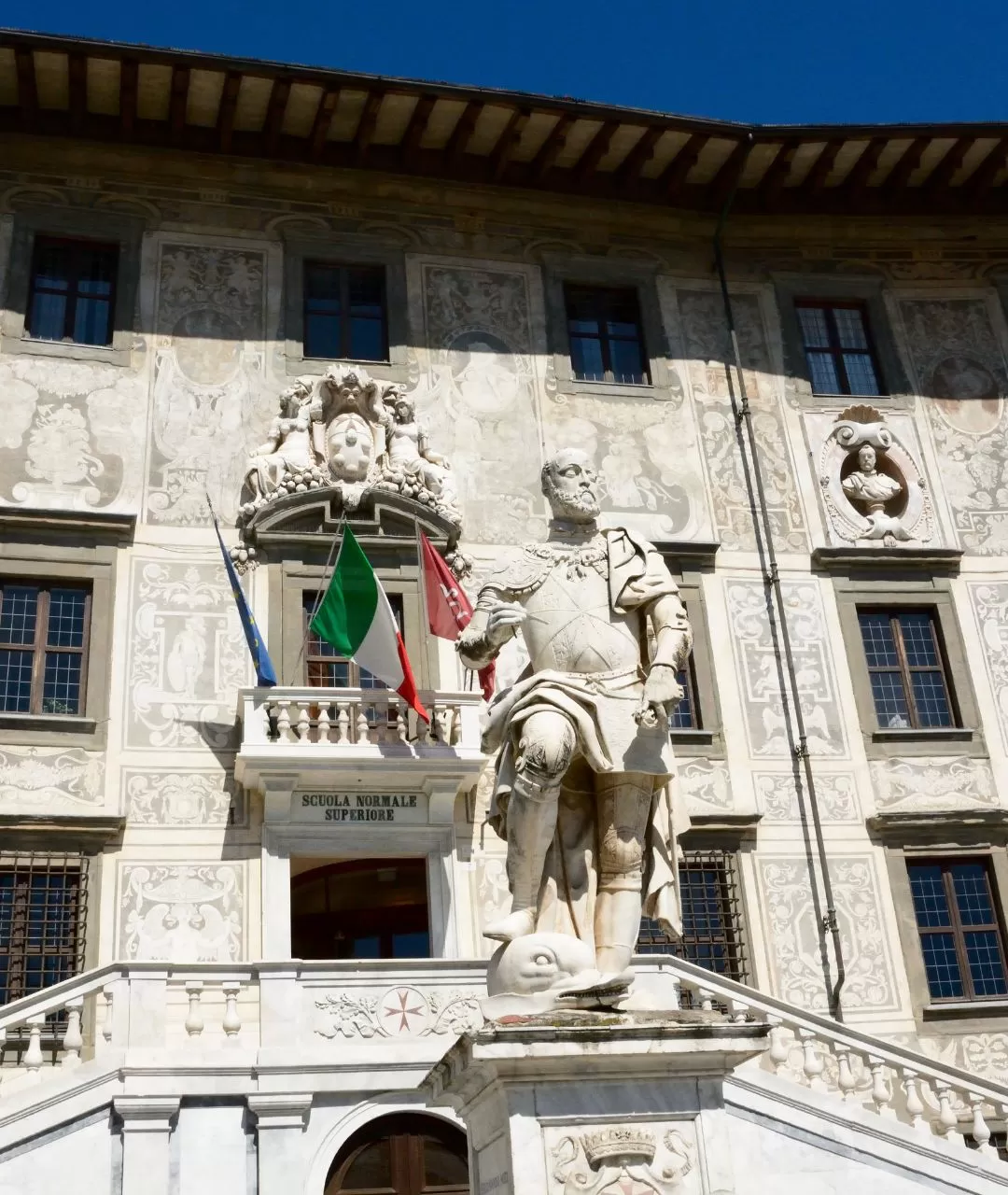 Among the numerous attractions, the University of Pisa stands out, one of Europe's most prestigious academic institutions, located in Piazza dei Cavalieri. This center of learning has played a significant role in the cultural and scientific development of the country over the years. Nearby, stands the Clock Palace (photo 1), whose prisons are the setting for the tragic story of Count Ugolino della Gherardesca, who, to survive, finds himself consuming the flesh of his own children, a tale immortalized by Dante in his 23rd canto of the Inferno: "[…] He raised his mouth from that savage feast, wiping it on the hair of the head he had laid waste behind […]". This legendary narrative has left an indelible mark on Pisa's history.
Among the numerous attractions, the University of Pisa stands out, one of Europe's most prestigious academic institutions, located in Piazza dei Cavalieri. This center of learning has played a significant role in the cultural and scientific development of the country over the years. Nearby, stands the Clock Palace (photo 1), whose prisons are the setting for the tragic story of Count Ugolino della Gherardesca, who, to survive, finds himself consuming the flesh of his own children, a tale immortalized by Dante in his 23rd canto of the Inferno: "[…] He raised his mouth from that savage feast, wiping it on the hair of the head he had laid waste behind […]". This legendary narrative has left an indelible mark on Pisa's history.
The enchanting Piazza dei Miracoli (photo 2), a genuine open-air museum, captures the attention of visitors with its magical atmosphere. The renowned Leaning Tower of Pisa, one of the world's most iconic Italian monuments, dominates the area, creating a unique and evocative atmosphere. However, there is an unusual interpretation of this square. According to sociologist Silvano Bulgari, the Cathedral Square serves as an extraordinary cosmic calendar, where the Baptistery symbolizes birth, the Cathedral life, and the Tower the human desire for elevation. The Old Cemetery (Photo 3) represents decline, thus completing a fascinating narrative of this splendid square.
(IT)
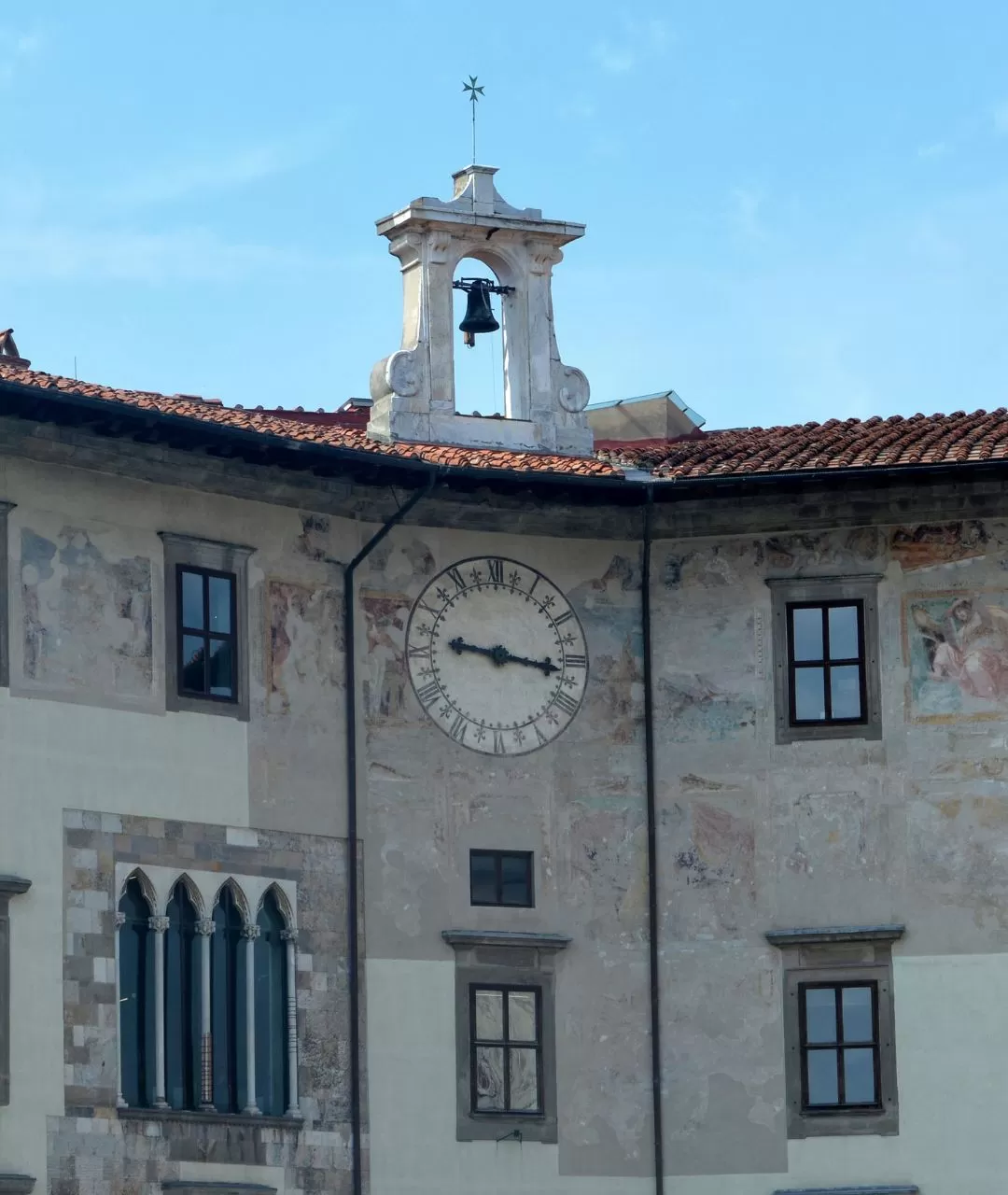
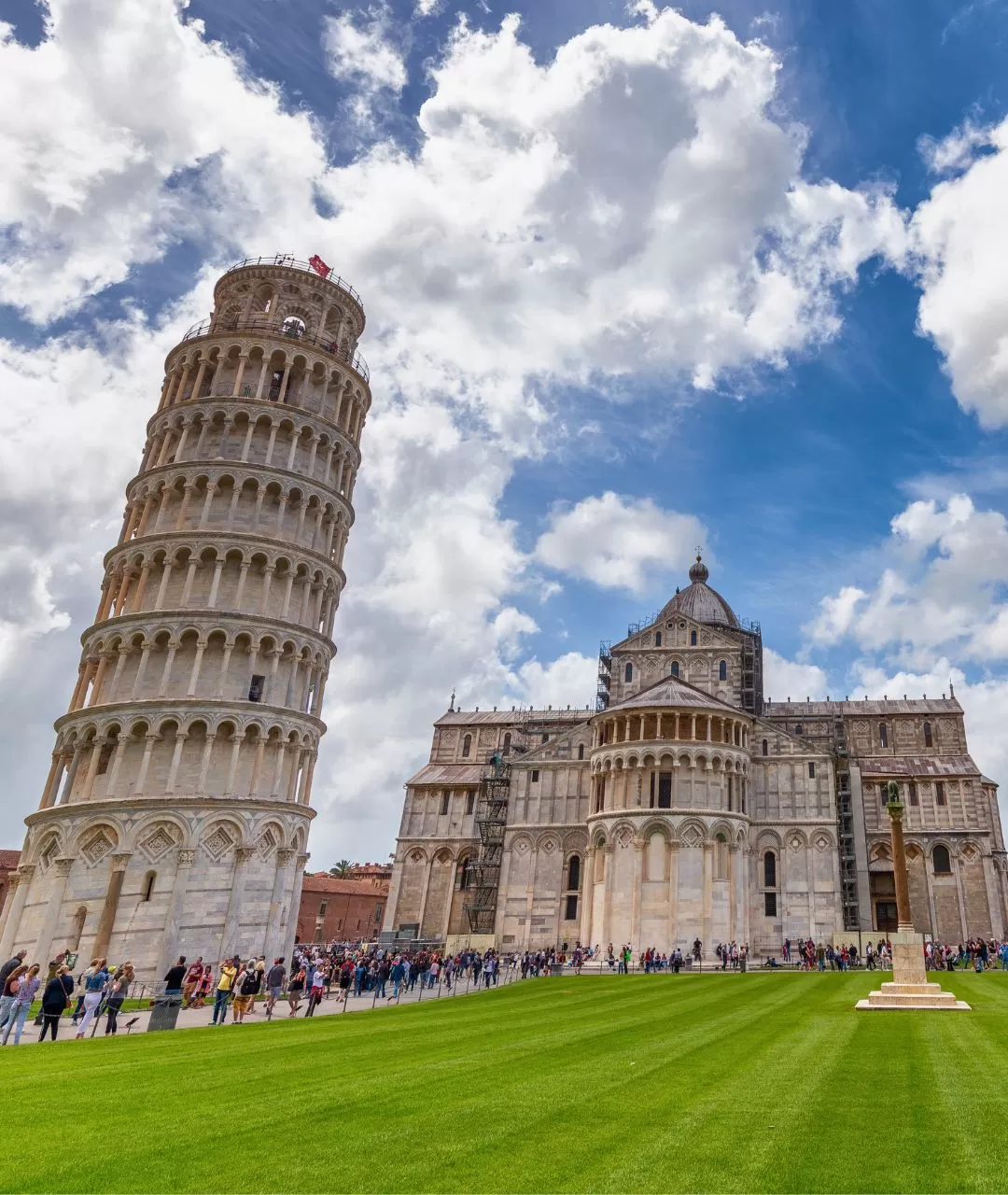
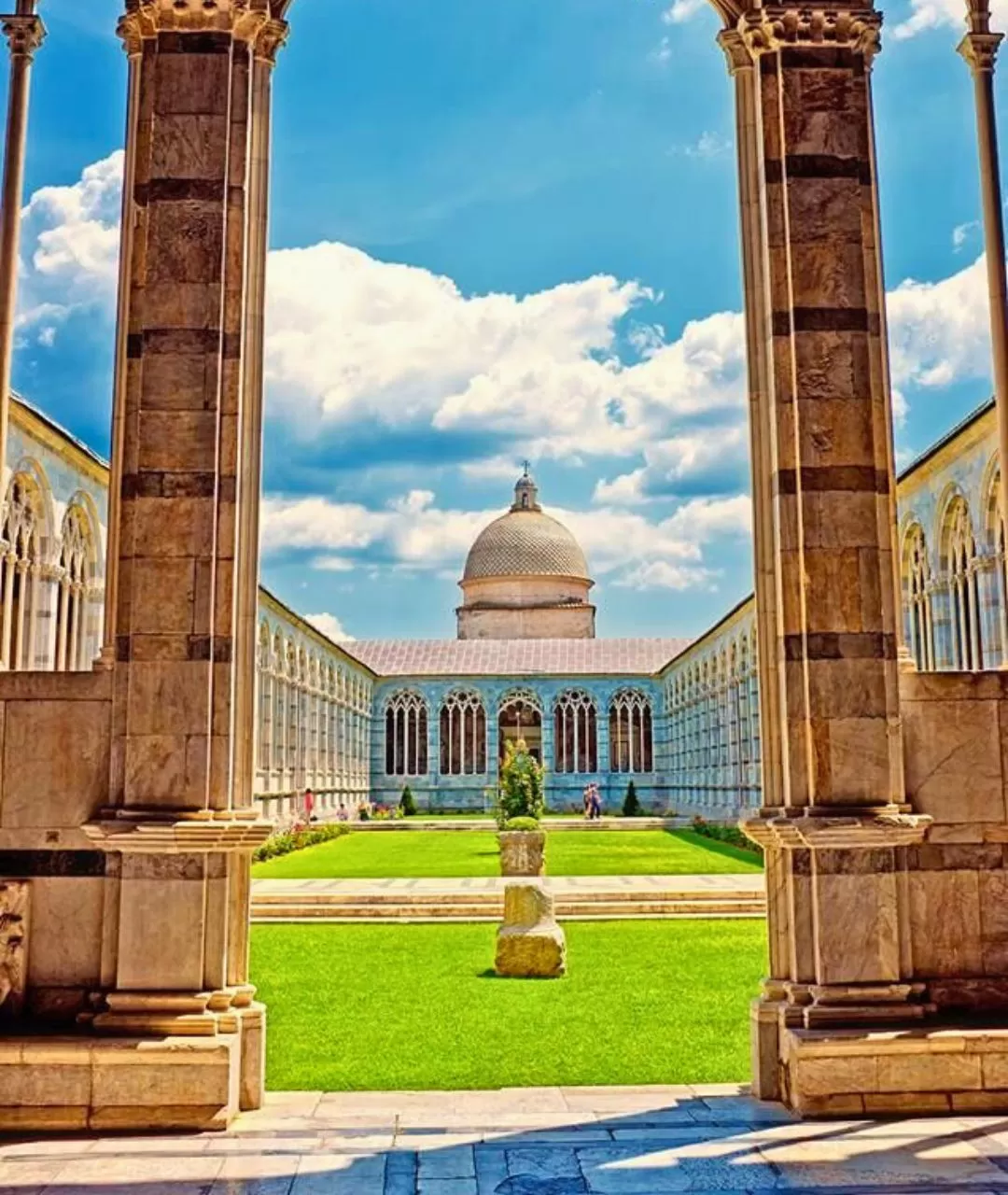
Altri articoli
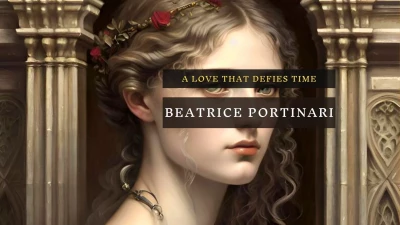
Beatrice Portinari, the impossible love
The impossible love of Dante and its impact on literature.
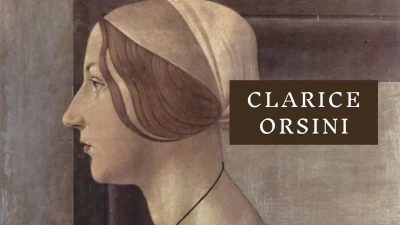
Clarice Orsini
Chosen as Lorenzo de' Medici's bride in 1467, the marriage solidified the Medici family's political influence and resulted in nine children.

Santa Reparata Church and the mosaic carpet
The cathedral hides a treasure: the archaeological area.
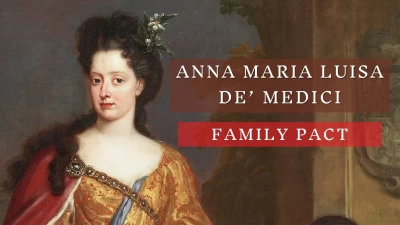
Anna Maria Luisa and the Family Pact
Thanks to this astute decision, Florence has preserved much of its extraordinary artistic, historical, and cultural heritage virtually intact.

